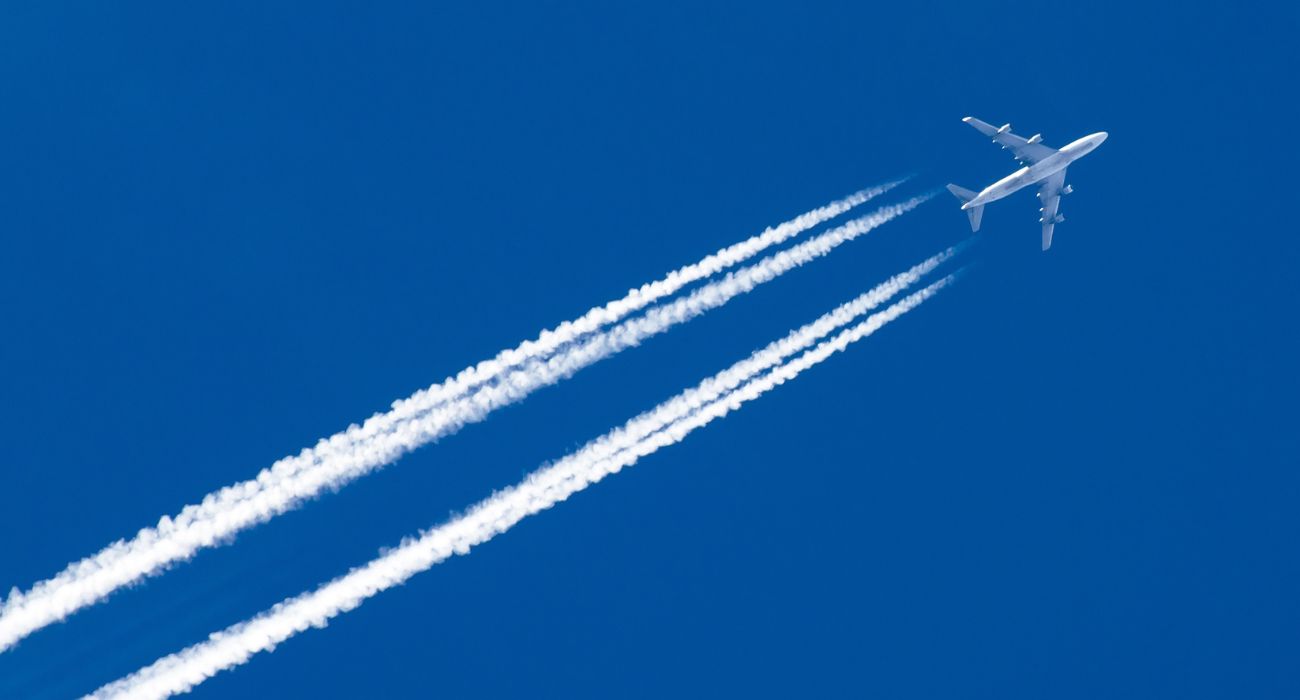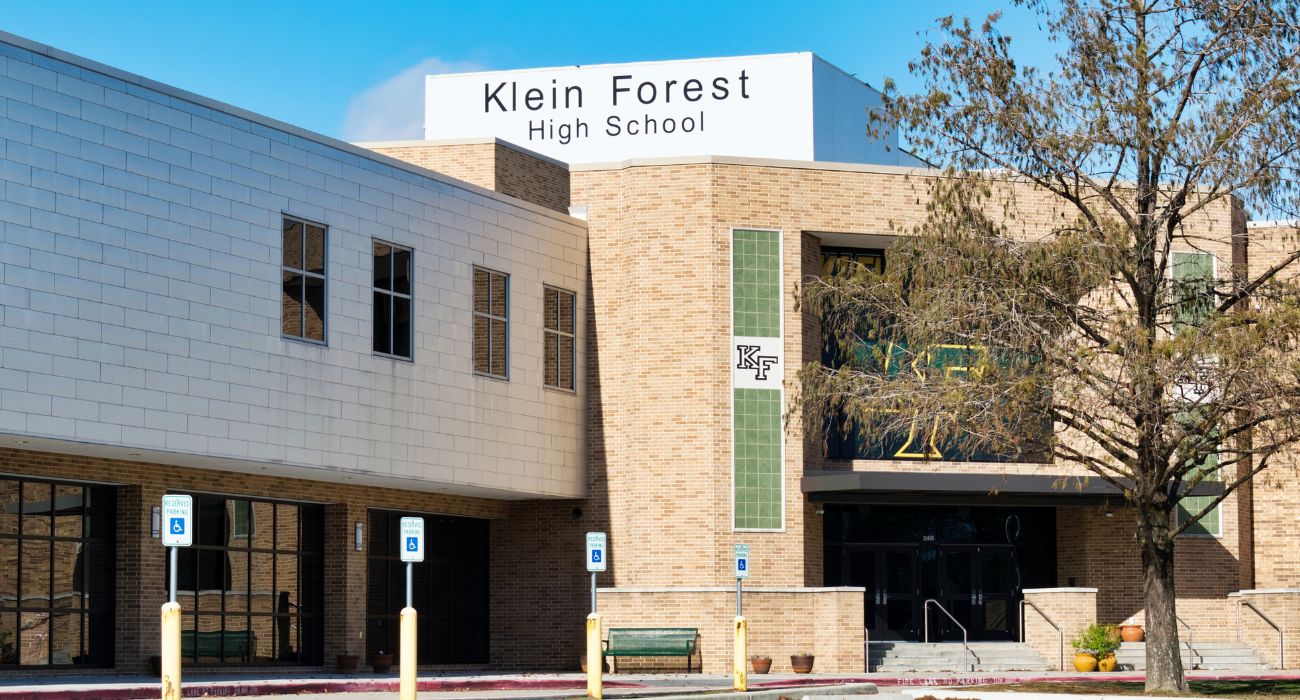A trial by American Airlines, Google Research, and Breakthrough Energy suggested that contrails could be cut in half by modifying jets’ flight paths, but it would come at the cost of increased fuel use.
The airline industry has been facing mounting pressure to tackle its environmental impact, especially contrails — massive ice clouds formed by jets passing through certain atmospheric conditions.
As Google Research explained, contrails are capable of spreading and merging with each other to cover thousands of square miles. Acting as a sort of thermal blanket, they can trap heat in the atmosphere for up to hours at a time.
One analysis calculated that between 2000 and 2018 contrails were responsible for 57% of the airline sector’s climate impact, significantly more than the carbon dioxide emissions produced by burning jet fuel.
American Airlines explained that the recent study it helped conduct on contrails had two main goals: identifying the atmospheric zones most likely to produce contrails and determining whether pilots could avoid them.
Contrails can form more easily in humid weather and at higher altitudes, where, incidentally, jets fly the most efficiently.
The six-month trial involved over 70 test flights and used AI to help avoid creating contrails on a given flight path.
“Our contrails predictions combine the latest in AI research with massive amounts of satellite imagery, weather data and flight data,” explained Juliet Rothenberg, head of product for Climate AI at Google Research.
Satellite imagery found that the jet pilots were able to reduce contrail formation by 54% at the expense of about 2% more fuel.
“Avoiding contrails might be one of the best ways to limit aviation’s climate impact, and now we have a clear demonstration that it’s possible to do so,” suggested Marc Shapiro, director of Breakthrough Energy’s contrails team.
Moreover, a 2% increase in fuel costs is not negligible for airlines like American, which spent $13.8 billion on jet fuel in 2022.
Yet Google estimated a more optimistic uptick of 0.3% in fuel were the contrail avoidance scheme to be implemented on a broader scale. This is because, in practice, only a small percentage of flights would need to be amended to produce results.
Nearly all of the major airline carriers — Virgin Atlantic, along with Delta, Southwest, and United Airlines — have started to collaborate with research entities to study contrails.
For Jill Blickstein, American Airlines’ vice president of sustainability, the recent trial marks an important step to resolving this industry-wide problem.
“This is a really rare opportunity for us to do something that is going to benefit our entire industry,” Blickstein said, according to The Dallas Morning News. “We’re all going to have to be in the race. I think this won’t be competitive. I think this will be an industry effort.”






